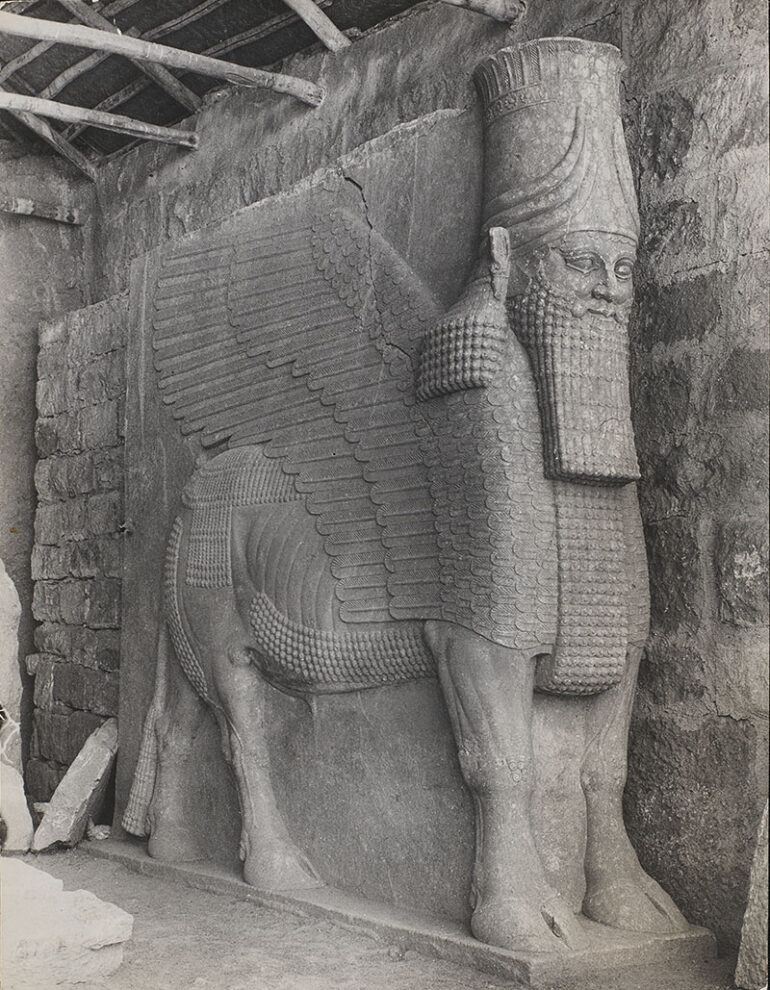Opening the Archive
Digitisation makes a million rare images available to all
The Courtauld Institute of Art in London has completed a five-year project to open its internationally renowned collection of photographs to the public. More than a million images were digitised by 14,000 volunteers who photographed and catalogued every image in The Conway Library—the majority of which have never been seen before.
The collection includes rare images of the Middle East, including T.E. Lawrence’s photographs of Saudi Arabia and 160,000 photographs by Anthony Kersting, Britain’s leading architectural photographer of the 20th century. Kersting recorded his extensive expeditions across the Middle East during the 1940s and 50s from his base in Cairo, where he was stationed with the Royal Air Force in 1941.
He documented architectural sites in Afghanistan, Iraq, Syria, and Egypt, many of which have since been destroyed, including the magnificent Nabi Yunus Mosque in Mosul. Among them, is a 1944 photograph of one of the winged bulls of Nineveh (pictured here). It was created 2,700 years ago during the reign of King Sennacherib to guard a northern gate to the Assyrian capital, and was exposed by heavy rain only three years before this photograph was taken. It was destroyed by ISIS extremists in 2015. Kersting captured human moments, too: men dancing the dabke at a Yazidi festival in Kurdistan, in 1946; a Palestinian refugee making bread at a settlement in Beirut; and his own departure from Ma’an, Jordan, on the Hejaz Railway.
After Kersting died in 2008, The Courtauld received his glass plates, negatives, and prints—many of which he had kept in the kitchen of his south London home. The digitisation was the largest public inclusion project in The Courtauld’s history. The full collection can be accessed on The Courtauld’s website: photocollections.courtauld.ac.uk.—Peter Drennan



